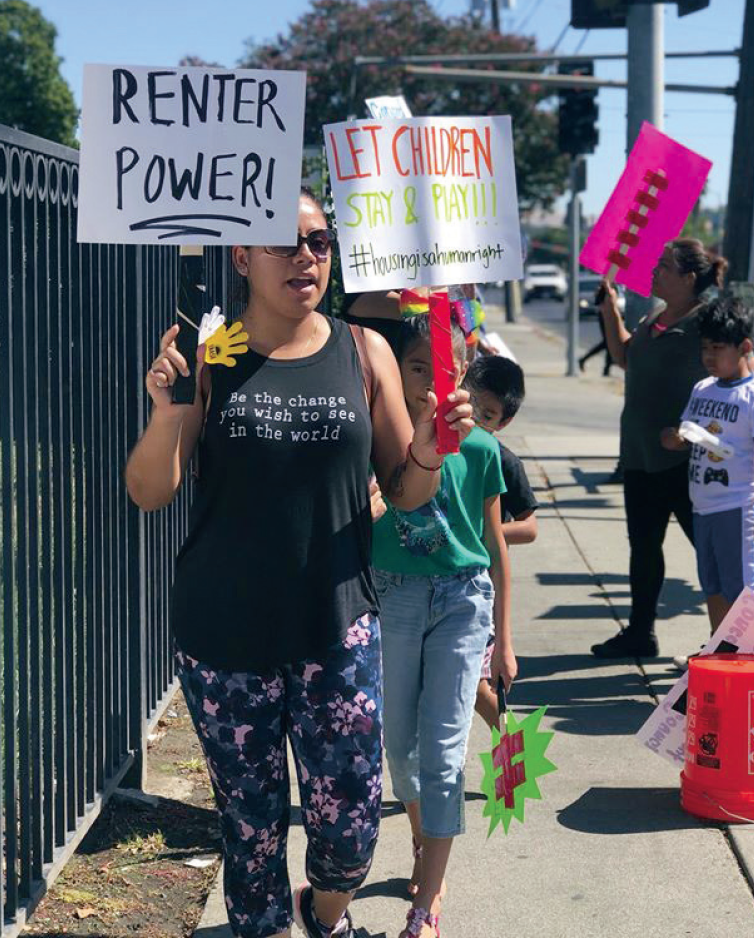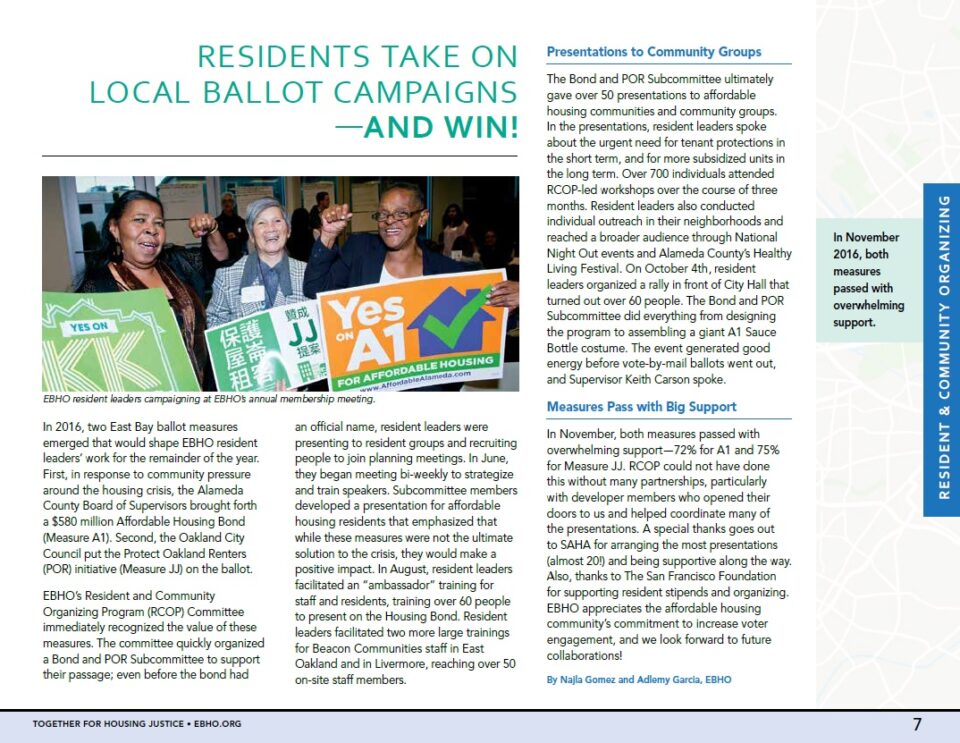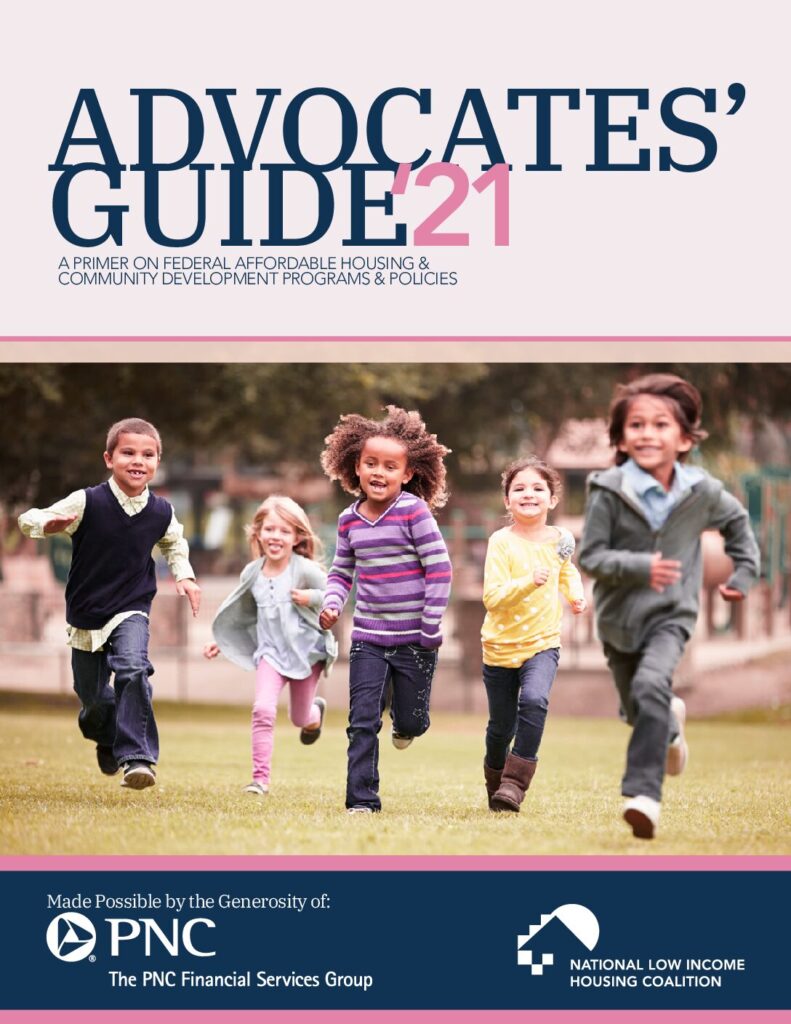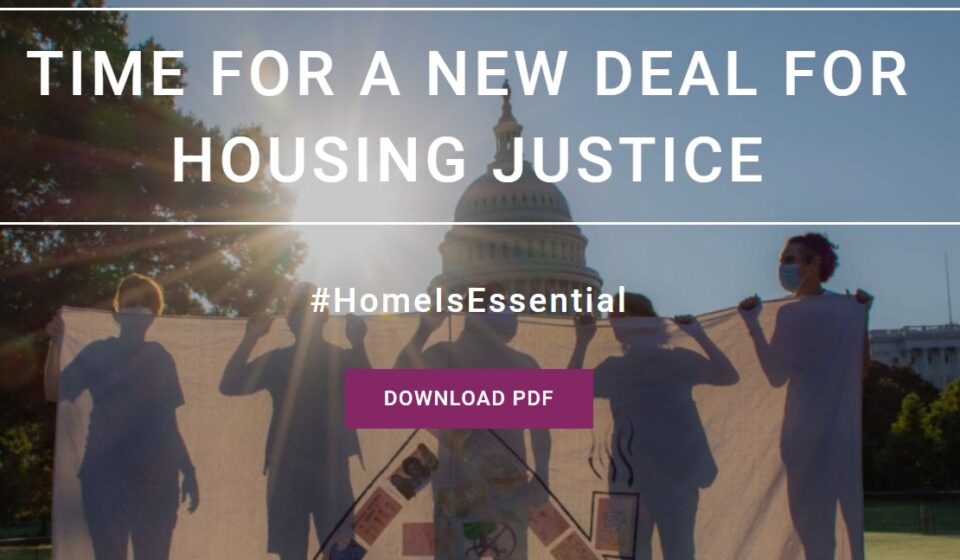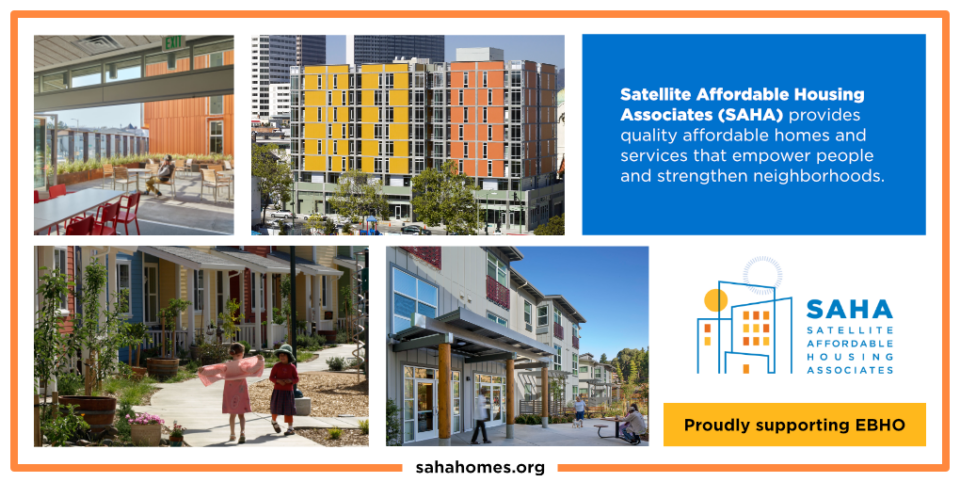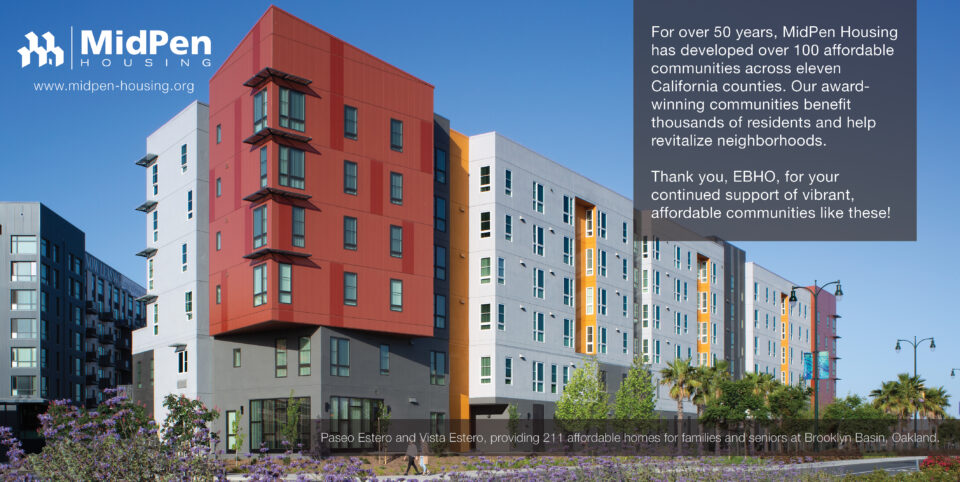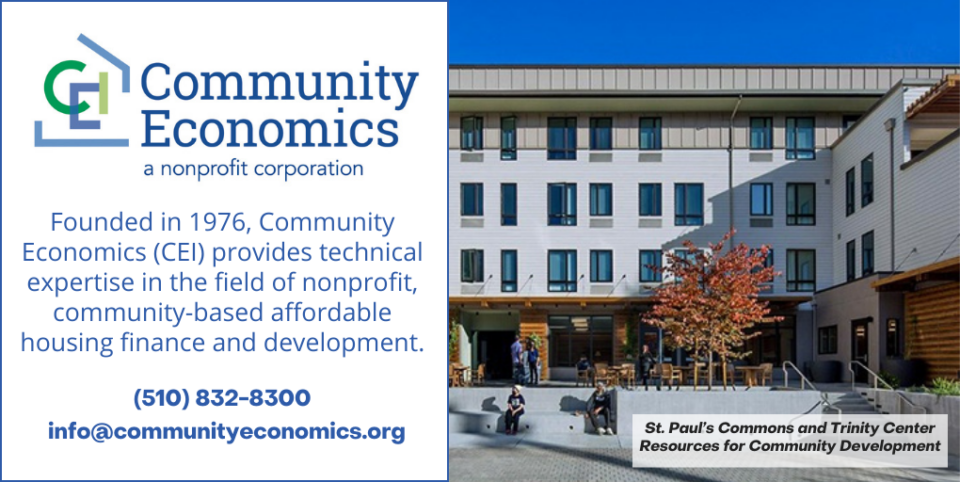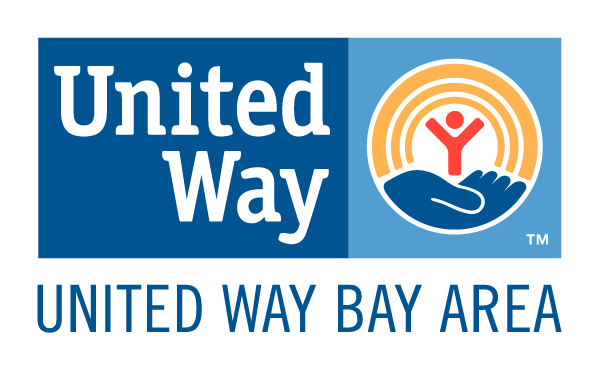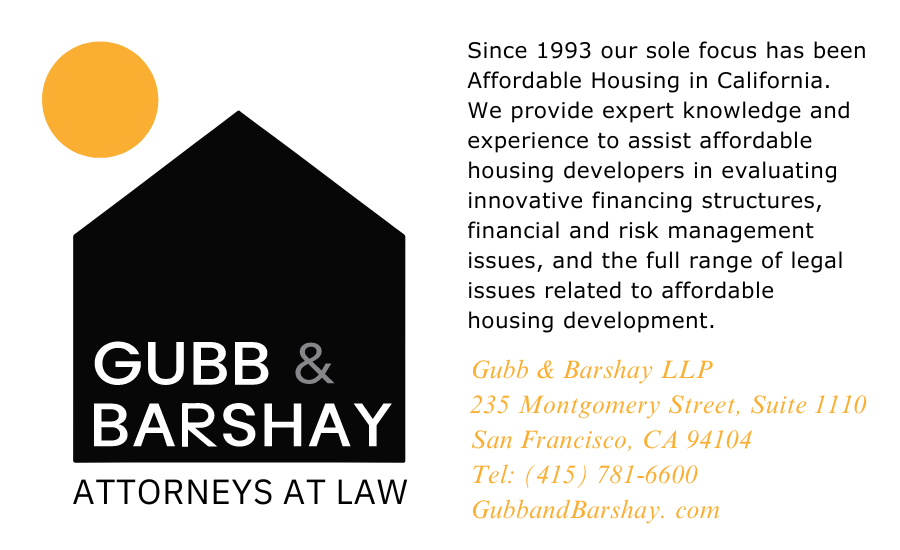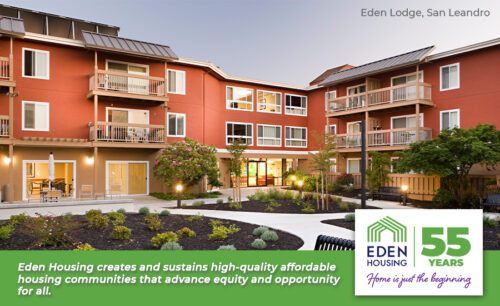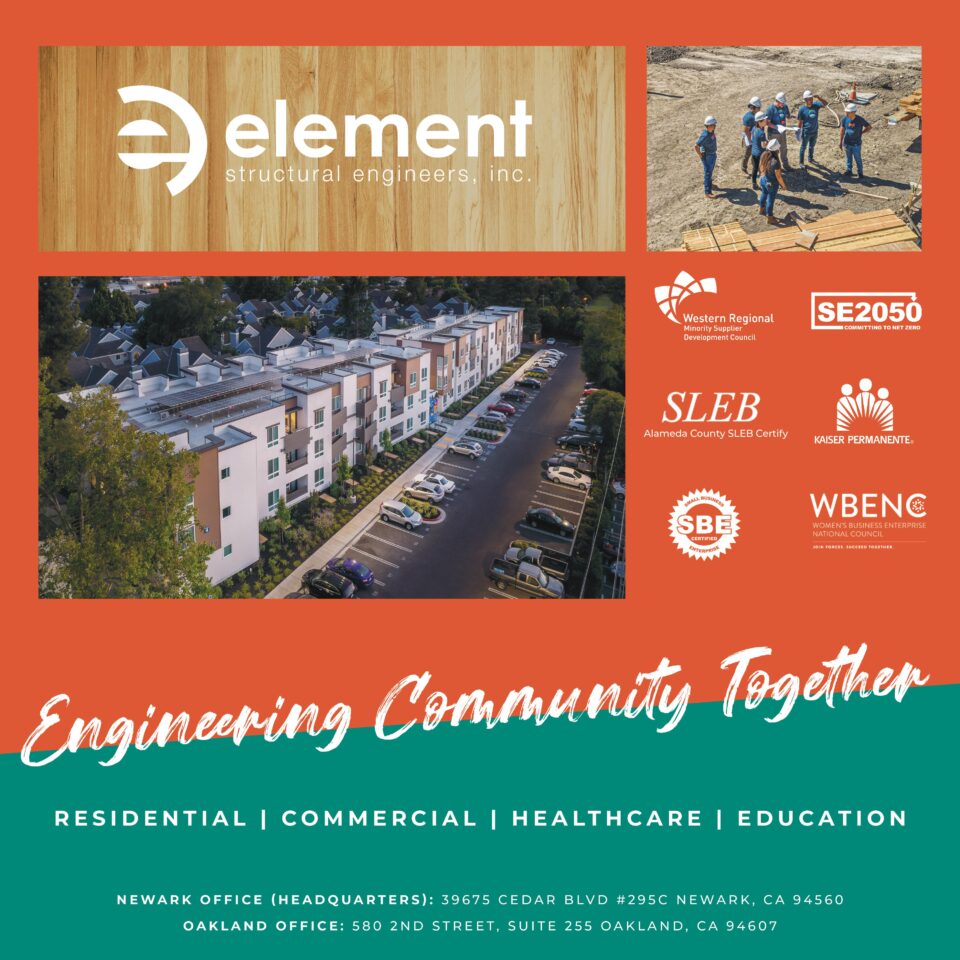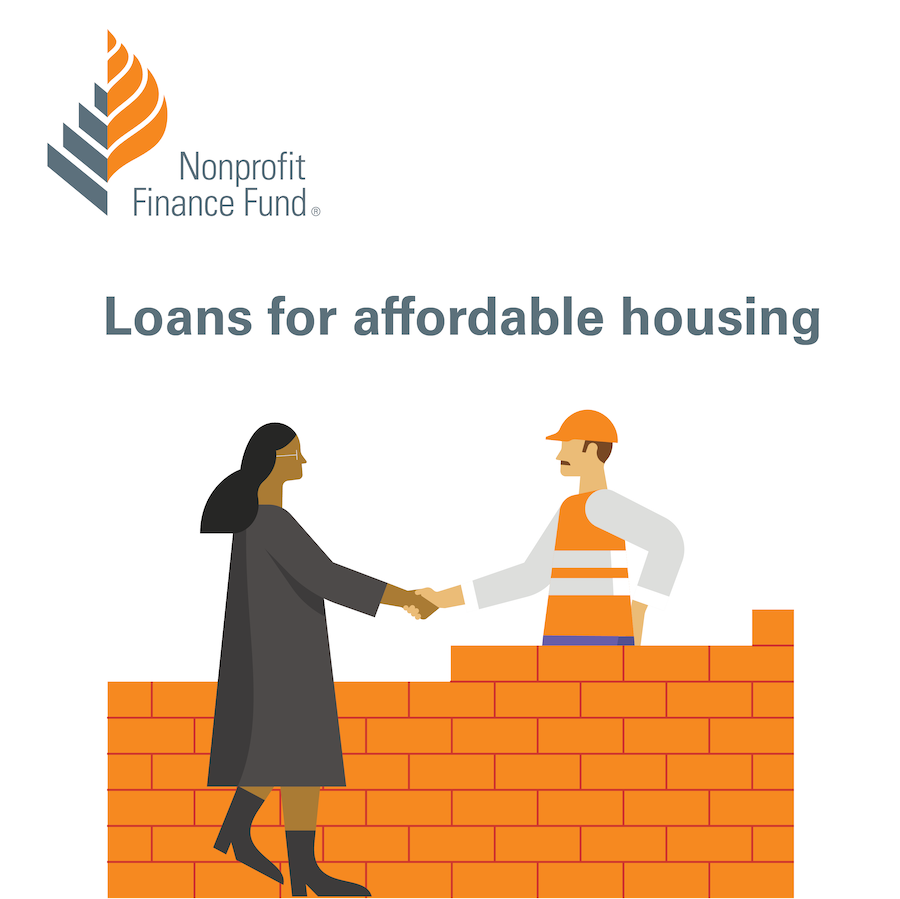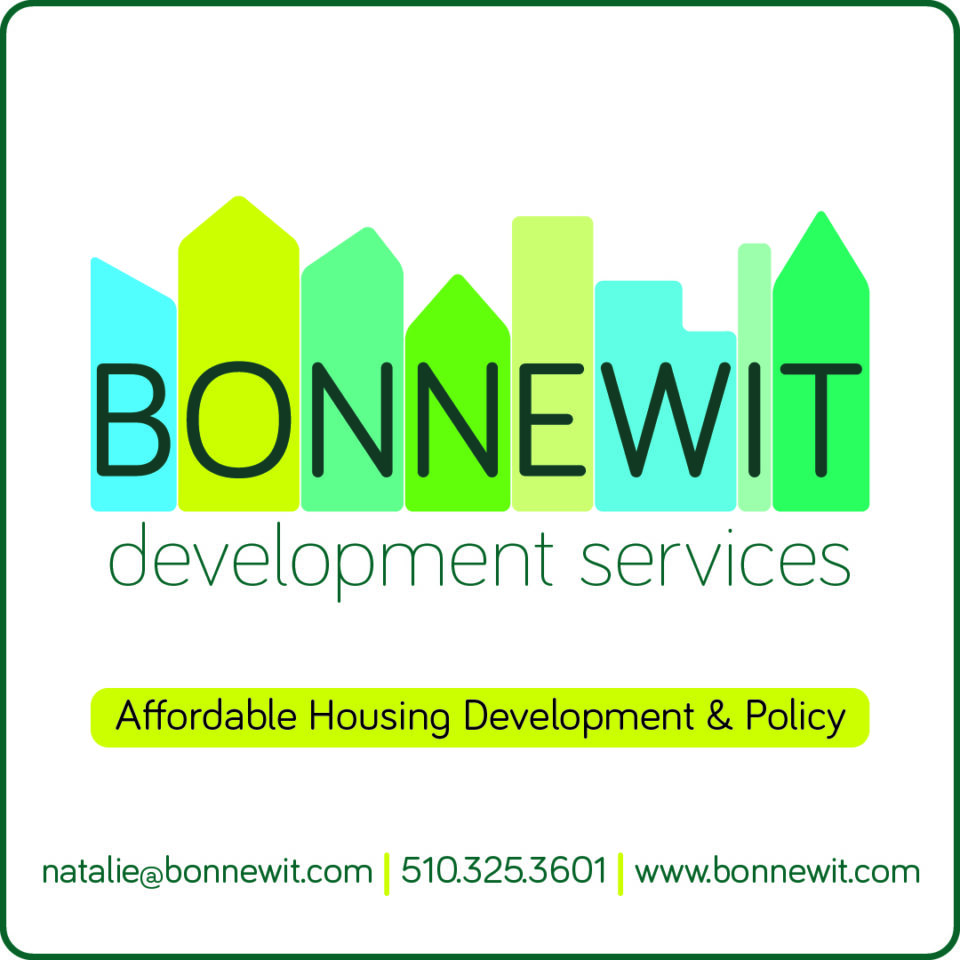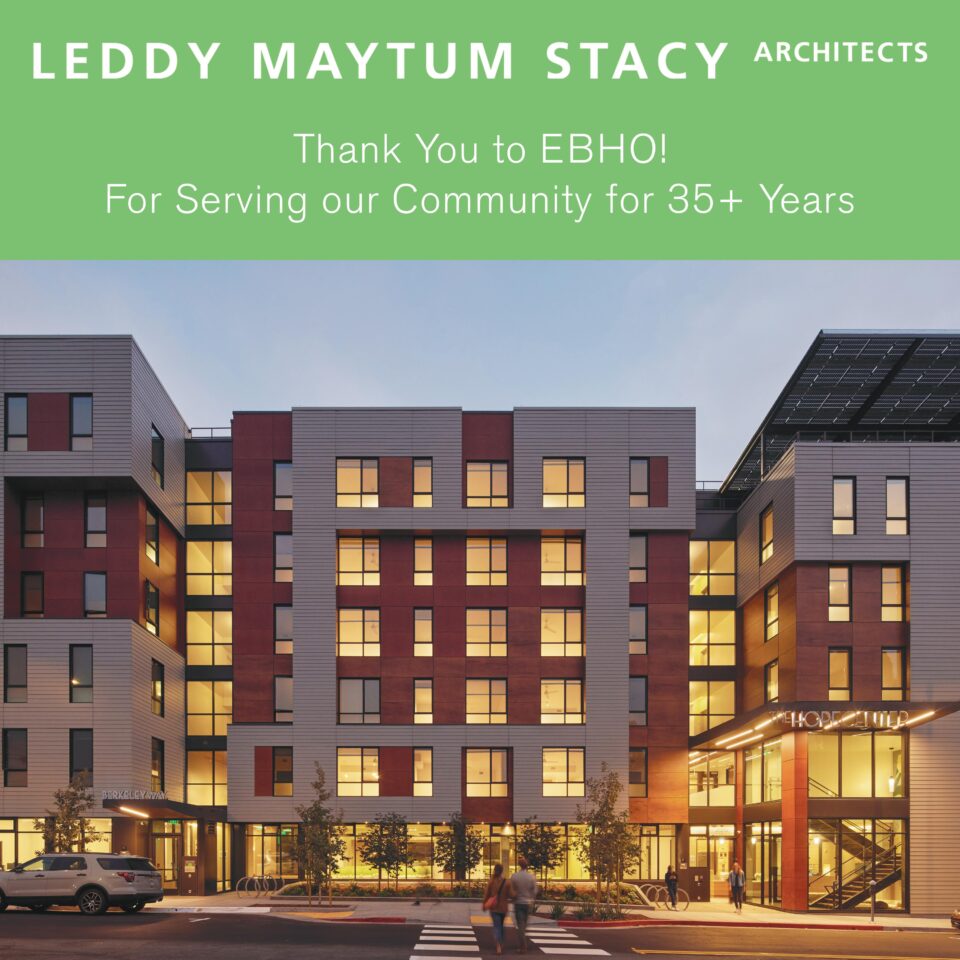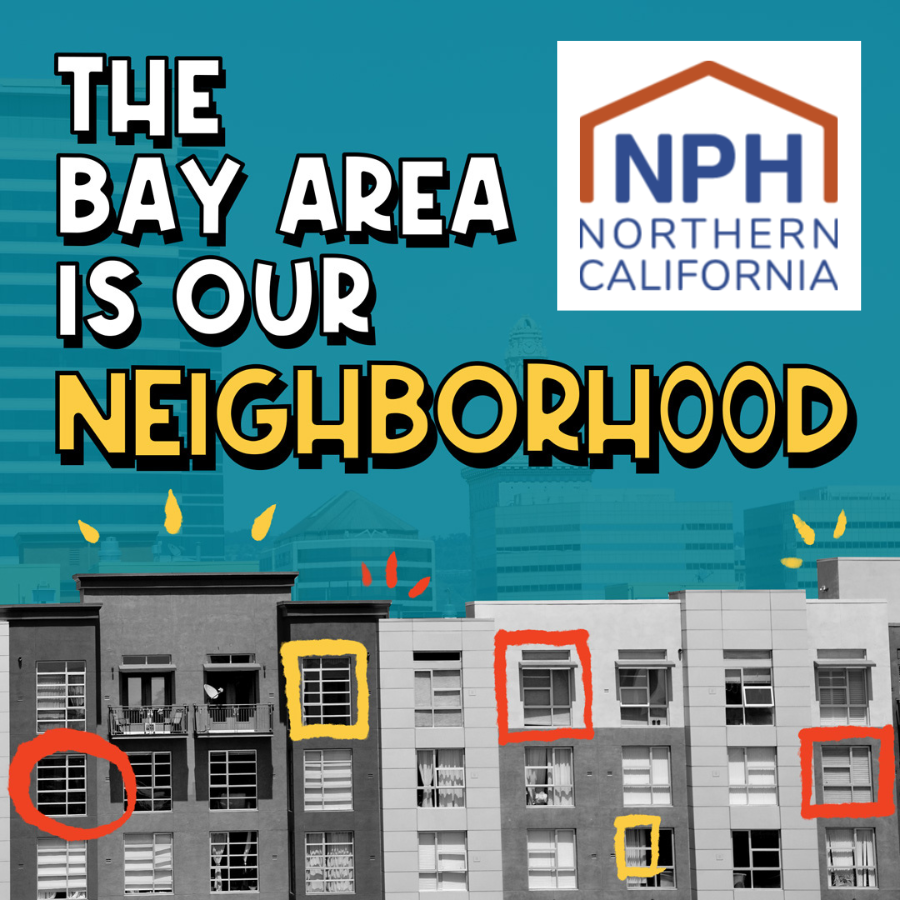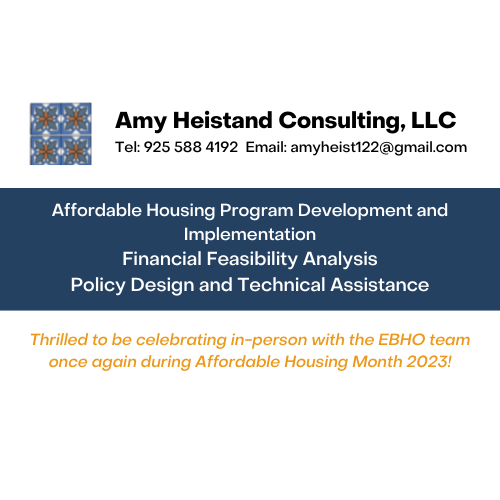No matter where we come from or how many years we have been on this earth, we each have a role to play in shaping the world we need. At EBHO, our part of the work is focused on advocating for affordable homes for low-income communities by organizing, advocating, and building coalitions.
In the sections that follow, we share resources on building resident power and lessons learned from our policy and organizing campaign wins.
Table of Contents
Resident Leadership
EBHO’s Resident Organizing Program (RCOP) seeks to empower affordable housing residents to be affordable housing advocates alongside members and allies that live in market-rate housing and to engage them in EBHO’s campaigns and programs. Based in Oakland and expanding throughout the East Bay, EBHO’s RCOP Committee runs transformative leadership training and engages affordable housing residents in the policy and neighborhood decisions that affect them directly. Many of our RCOP members are graduates of our Leadership Academy, where they hone their skills in advocating for housing justice.
The articles below share information about resident leadership in the East Bay and beyond.

Changing the Equation – Residents United Network (RUN)
by Tori Truscheit, Organizing Director, Housing California
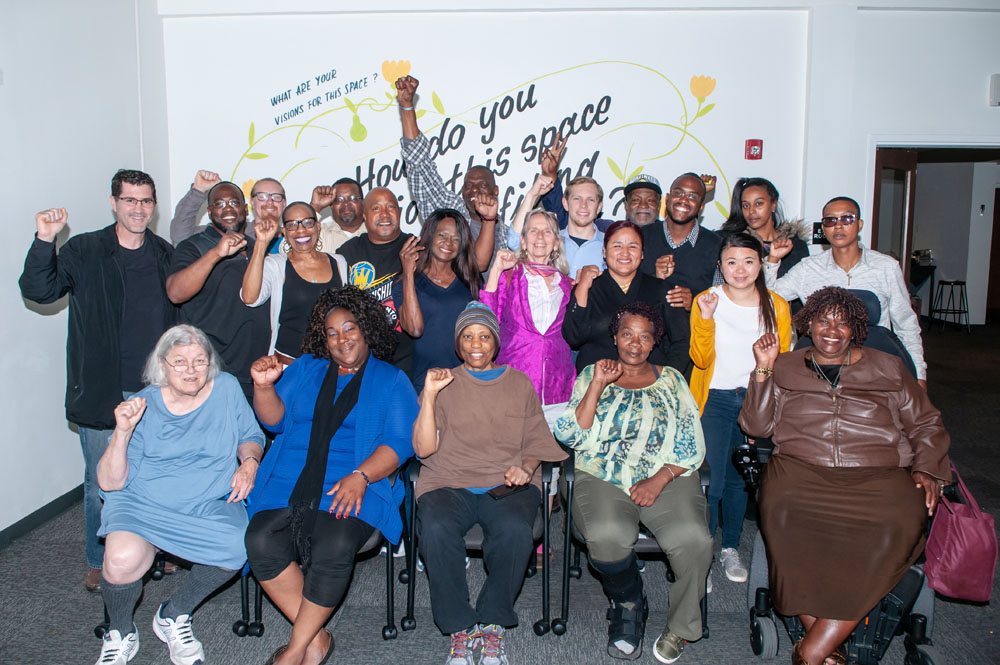
Residents at the Forefront
Building Community Power for the Housing Justice Movement
By Najla Gomez and Adlemy Garcia
Tenant Organizing
Tenants are renters that live in homes owned by another person, business, or organization. Most low-income people in the U.S. are tenants, and tenants often pay much more for their housing than they can afford. Tenant advocates and organizers work with renters to organize and advocate for better living conditions, protections from evictions and displacement, and policies that prevent rent increases that too-often de-stabilize families and communities.

Raise the Roof Coalition: A Voice for Housing Justice in Concord
by Bob Lane, East Bay Alliance for a Sustainable Economy (EBASE)
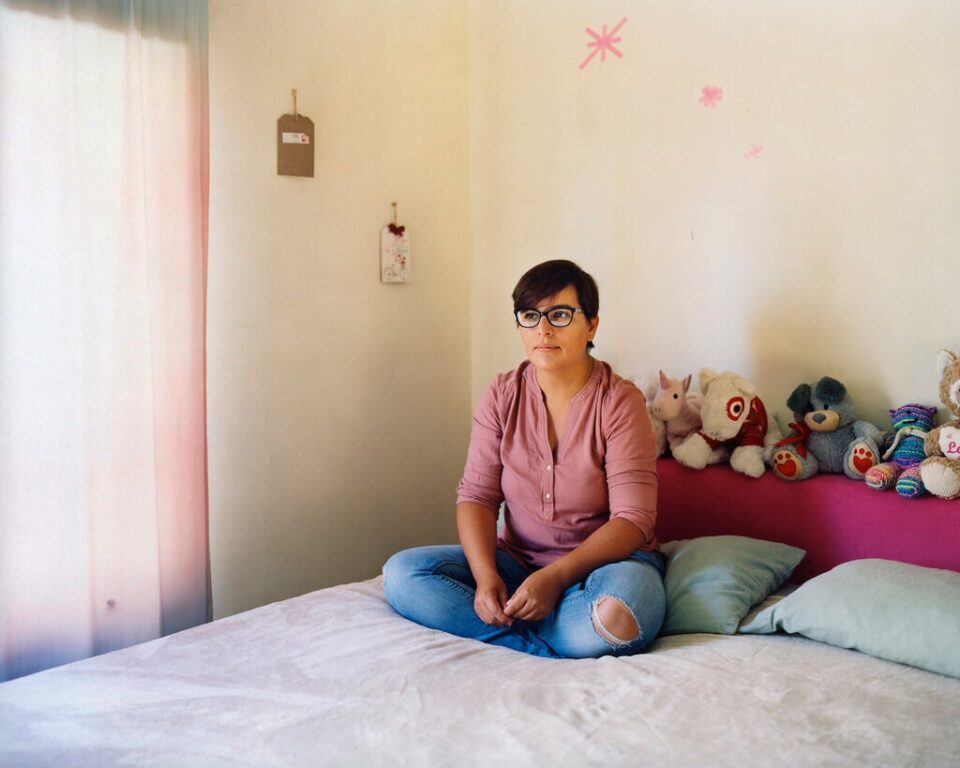
The Tenants Who Evicted Their Landlord
by Matthew Desmond, The New York Times
“’Commoning’ is the term, and its little utopia is the creation of homes that are collectively owned and controlled by the residents. Within this framework, housing is neither for speculating nor profiteering, nor even wealth building; it is only for living. In Minneapolis, IX is pursuing tenant-owned cooperatives. A popular version of this model, known as “limited-equity cooperatives,” involves residents’ purchasing co-op shares and paying low monthly fees to cover the building’s upkeep. If a family moves out, it can sell its share for slightly above the original purchase price, but only slightly. Bidding up the sale, even if there are plenty of takers, is seen as anathema to the social mission of the cooperative, which is to establish permanently affordable housing.”
— The Tenants Who Evicted Their Landlord by Matthew Desmond for The New York Times
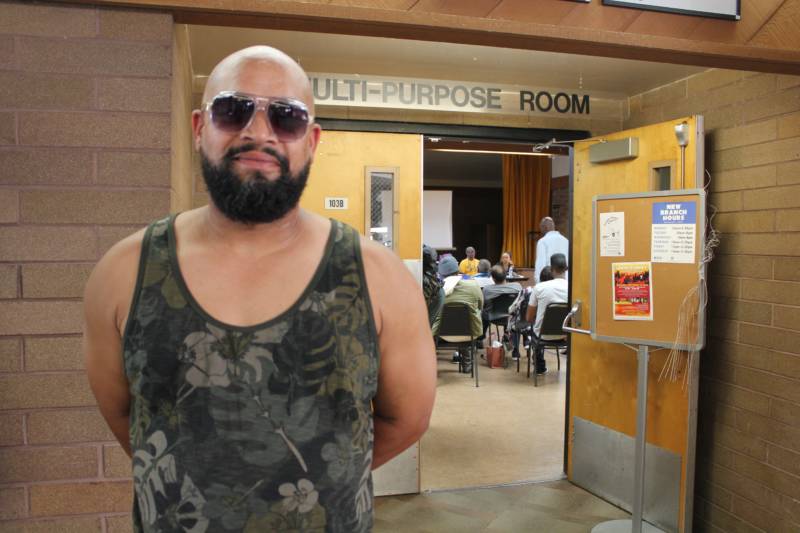
Black Housing Union Emerges in Oakland
By Sara Hossaini, KQED News
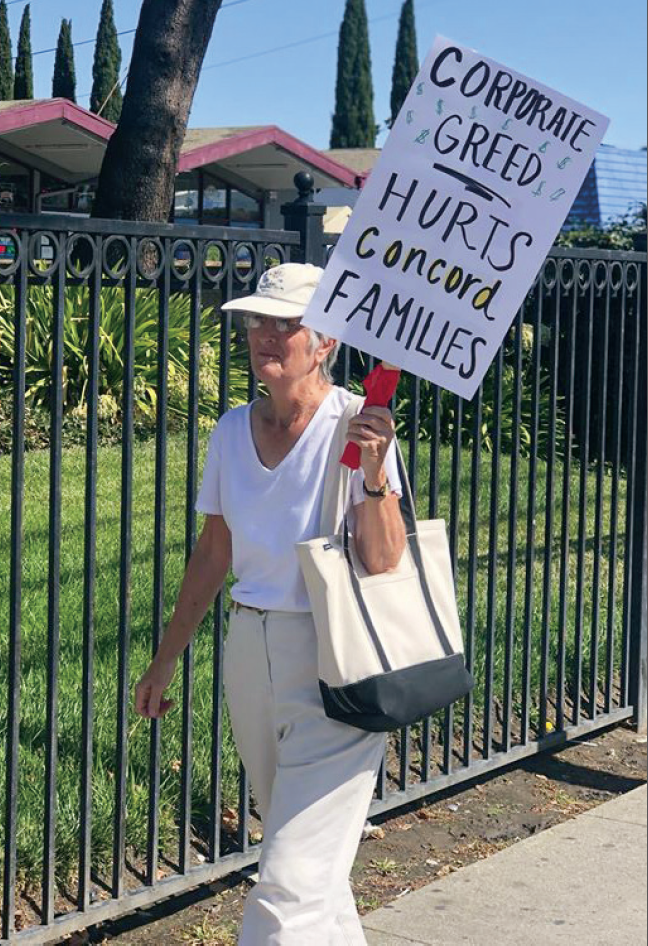
What We Win When We Organize the Suburbs
by Ronny Flannery, Former EBHO Community Organizer
Affordable Housing Advocacy
Each person has the power to contact elected officials and advocate for the solutions we need to ensure everyone has a place to come home to that they can afford with the resources they have available. In the sub-sections below, we share different parts of how we can advocate for fair, affordable homes including our Affordable Housing Advocacy 101 series, overcoming neighborhood opposition, using Housing as a Human Right as a frame for advocacy, and seizing the narrative to win campaigns for affordable housing.
In 2020, our lead organizer, Dolores Tejada, led a series of Affordable Housing Advocacy 101 workshops that shares information on what affordable housing is, how we have the current conditions, and specific tactics people can use to advocate effectively for affordable homes for all low-income people.
Session 1
Session 2
Session 3
Session 4

Avoiding & Overcoming Neighborhood Opposition to Affordable Rental Housing
By Jaimie Ross, President and CEO, Florida Housing Coalition in the NLIHC 2021 Advocacy Guide

Housing as a Human Right
The history and advocacy approaches of Housing as a Human Right frame for advocacy.
By Eric Tars, Legal Director, National Homelessness Law Center

Shift the Bay, Seize the Narrative
Playbook and messaging guide to shift the collective way of thinking about what’s possible for housing justice in the Bay Area. This work is based on a multi-year, cross-bay project of research anchored by Non-Profit Housing Association of Northern California with collaboration from EBHO and other local organizations.
Increasing Community-Invested Nonprofit and Public Affordable Housing
In California, there are only 24 available affordable rental homes for every 100 extremely low-income rental households. 76% of renter households with extremely low incomes experience severe housing cost burden. (NLIHC Gap Report) To expand the number of affordable homes available, we need to increase collective (public) investment in new affordable homes and make existing affordable homes affordable in the long term through preservation (see “A Housing Solution Success Story” below).
The resources below give an introduction to the challenges and opportunities to expand non-profit and public affordable homes (See: Can the Bay Area Solve Its Affordable Housing Crisis & Momentum for Lasting Solutions below). Having the numbers at hand can help individuals and organizations make clear claims within our advocacy – The National Need for Affordable Housing is a great place to start.
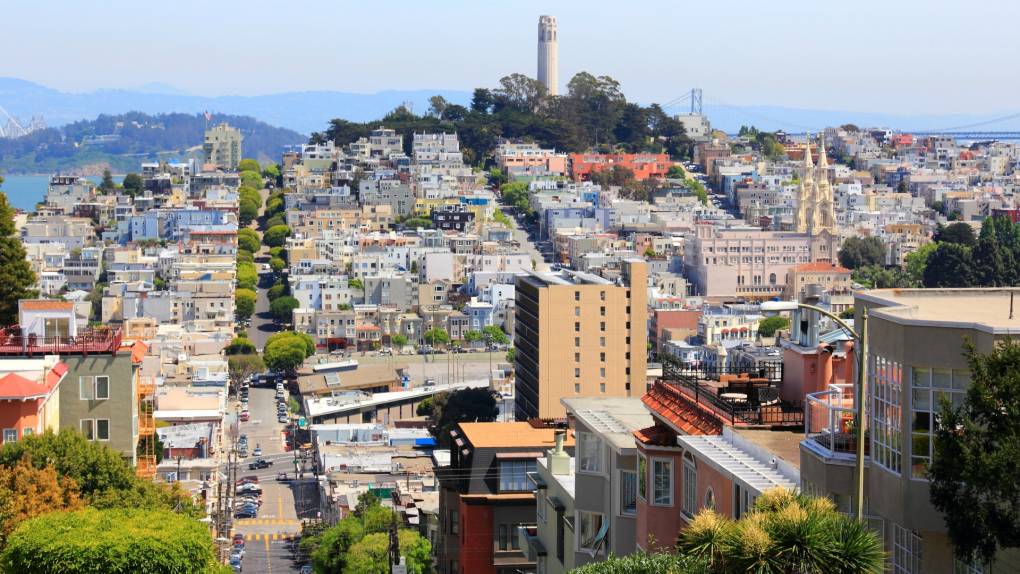
Can the Bay Area Solve Its Affordable Housing Crisis?
Two of EBHO’s former Executive Directors, Gloria Bruce (Crankstart) and Amie Fishman (NPH), in conversation with Ben Metcalf (Stronger Foundations) on KQED’s Forum.
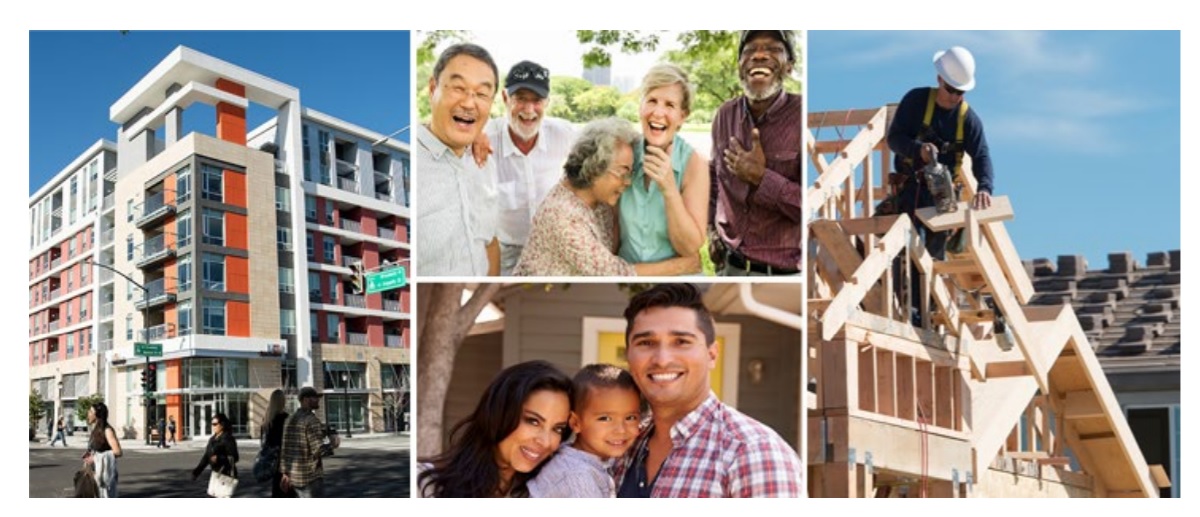
Momentum for Lasting Solutions
Launching the Bay Area Housing Finance Authority and the Expanded Regional Housing Portfolio
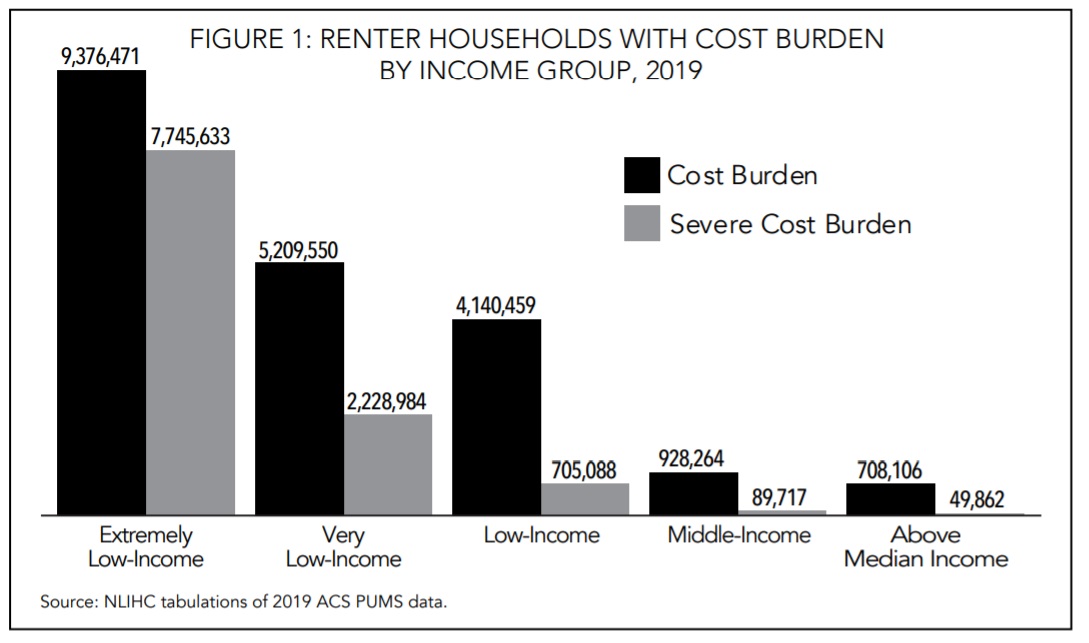
The National Need for Affordable Housing: Numbers to Support Your Advocacy
By Dan Emmanuel, Senior Research Analyst and Dan Threet, Research Analyst, NLIHC
Power at the Ballot Box
Elections Matter.
Elections aren’t the only way to make a change in our communities, but they certainly decide what terrain we fight on and what we have to work with to solve our most pressing challenges. Our elected officials make important decisions about how our city, county, and state budgets are spent – is a budget surplus spent on tax breaks for the wealthy or homes for unhoused residents? Is there a policy to prevent eviction simply because the landlord thinks they could get more money if they listed it today?
These types of decisions are made by our elected officials. In California, voters also decide collectively about some of these policy decisions – in 2020 the Voters agreed to restore the right to vote for people who are on parole (Prop 17), and the majority did NOT vote to allow cities to enact rent stabilization measures on single-family rental homes (Prop 21). Voters also decide if we will raise taxes or issue bonds to fund what our communities need – in the East Bay, Alameda County voters approved a ballot measure to fund affordable housing in 2016 (Measure A1) and in 2021, people started moving into the homes built with those funds.
The articles below outline voting strategies to increase affordable homes in our communities.

The Power of Resident Voting Blocs
by Dolores Tejada
Power in Practice: Measure A1
No matter who you are or how much money you have in your pocket, every person needs a safe place to come home to. In 2016, 72% of voters in Alameda County voted to pass a $580 Million ballot measure to fund protecting and producing affordable homes in the county. Read about how EBHO’s resident leaders rose to meet the organizing needs. The first homes funded with A1 ballot measure money are now opening and you can see all new affordable homes built with funding from Alameda County at the Alameda County Housing Portal.
Fair Chance Housing Ordinances
Far too often, people who were imprisoned in state and federal prisons finish their sentence and return to their communities, only to find they cannot secure housing. The articles below feature campaigns to change the laws and increase opportunity for people to find a stable, affordable home when returning to communities after incarceration.
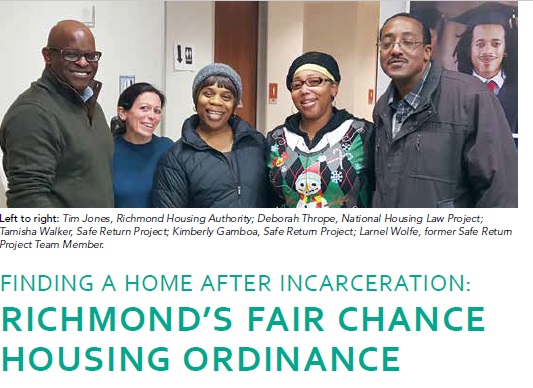
Finding a home after incarceration: Richmond
by Deborah Thorpe, National Housing Law Project

A Fair Chance at Housing
Creating a path from incarceration to stable affordable housing
by Alex Werth, East Bay Housing Organizations
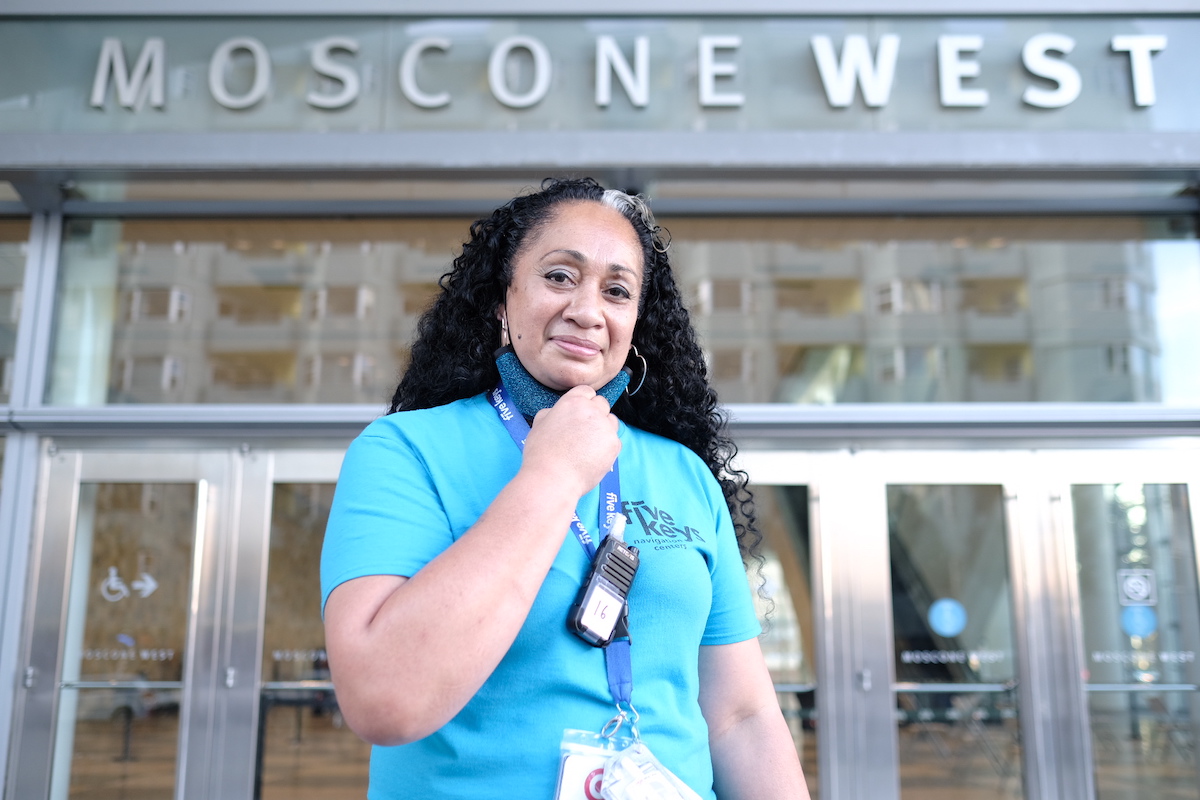
Impact Justice / Homecoming Project
The Homecoming Project helps formerly incarcerated people find housing, Airbnb-style by Kate Rix, Oaklandside
Federal Housing Policy: Advocacy Tools
While EBHO focuses most of our advocacy attention at local and state housing policies, federal housing policy has big impact on housing law and funding for affordable homes. The articles below give an introduction to key aspects of federal housing advocacy. The Fair Housing Act of 1968 creates the foundation of advocacy to ensure cities, banks, and landlords, and real estate agents adhere to rules about racial, disability, and gender equity in housing. The National Low Income Housing Coalition’s Advocacy guide provides information about how many federal policies, such as Section 8 housing vouchers or the Low Income Housing Tax Credit operate. It also provides tools that can be useful to strengthen our advocacy.
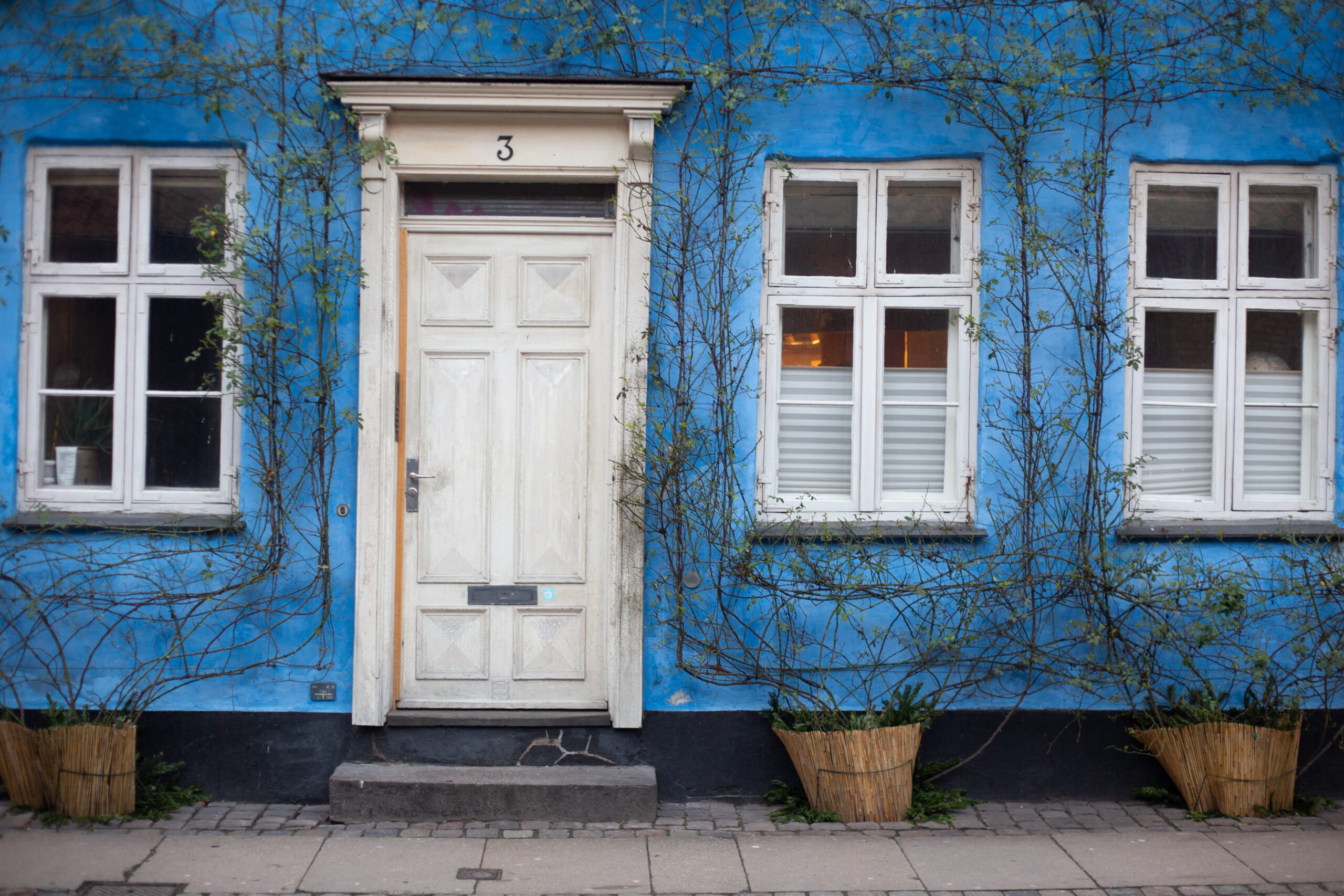
The Fair Housing Act of 1968:
Its Promise and Continuing Importance Today
by Reverend Sophia DeWitt, EBHO Program Director
2021 NLIHC Advocates’ Guide
If you are uncertain about how a HUD or USDA housing program operates, what the Fair Housing Act is, what resources and protections are in recent COVID-relief packages, how the national Housing Trust Fund or Low Income Housing Tax Credit work, or what kinds of activities CDBG and HOME can fund, look them up in the Advocates’ Guide!
Faith-Based Community Land for Affordable Homes
One way faith communities can reduce homelessness and support low-income people in our communities is to leverage the land they have to provide affordable homes. The articles below share information about this growing movement, including how one East Bay community worked together to provide affordable homes on faith-based land.
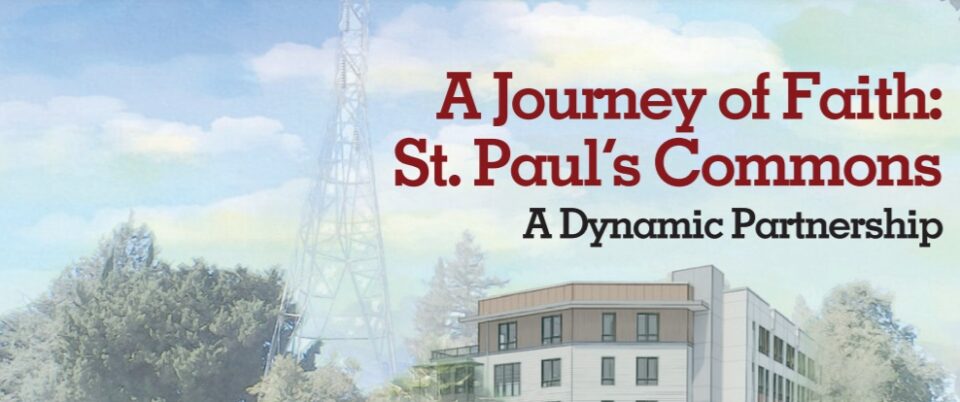
A Journey of Faith – St. Paul’s Commons
Read about how a group of partners invested in affordable homes for all worked together to use faith-based community land to create affordable homes in Walnut Creek, California.
Community Land Trusts
Purchasing land through a non-profit model of a community land trusts (CLT) is one strategy to preserve affordable housing for the long-term. Learn more about just how community land trusts operate in this PolicyLink Webinar, Preserving Neighborhoods with Community Land Trusts.
AB 1079- Statewide Right of First Refusal of Foreclosures
In 2020, EBHO joined a coalition of affordable housing advocates across the state to press for AB1079, Community Control of Distressed Properties. Read: “Moms4Housing-Inspired Bill Becomes California Law.” In April of 2021, EBHO member organization the Northern California Community Land Trust received funding to place a bid on the home after the tenant attempted to buy her home when the bank foreclosed on the property owned by her landlords but lost her bid to the speculator investment company, Wedgewood.

Grandma Challenges Real Estate Giant in Test of New California Law
By Erin Baldassari & Molly Solomon, KQED News
Jocelyn Foreman stands in her kitchen at her home in Pinole on March 19, 2021. (Beth LaBerge/KQED)
Community-Centered Cooperatives
East Bay Permanent Real Estate Cooperative “(EB PREC) is a community-centered development coop. We are a democratically run and led by People of Color. We remove land and housing from the speculative market to create permanently affordable, community-controlled homes. We are turning a racist, classist housing market into a tool that can build wealth for the groups most disenfranchised by it.” – EBPREC’s About Us page
“With its direct public offering, East Bay Permanent Real Estate Cooperative is a rare example of this kind of investment opportunity in the cooperative space.” Read more about EBPREC’s public offering process: https://nextcity.org/daily/entry/real-estate-co-op-is-looking-for-investors-who-want-to-put-community-first
Policy Platforms for Housing Justice
People are consistently organizing for and developing interventions that will get us what we need to achieve housing justice. Here is a sampling of plans created by advocates that could be picked up and implemented at the regional or federal level to achieve the housing stability and new affordable housing needed by millions of low-income people in the U.S.
RoadMap Home 2030
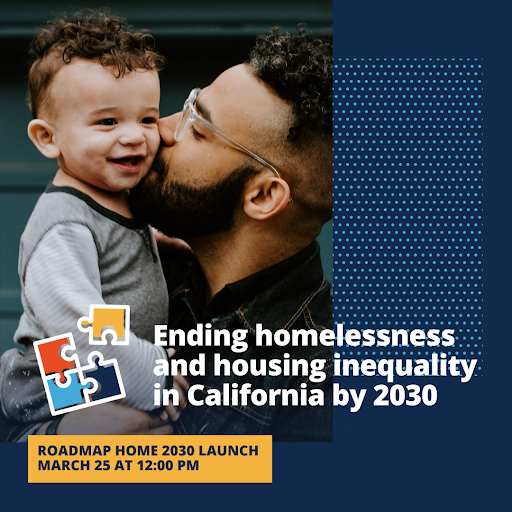
A New Deal for Housing Justice
Download, the New Deal for Housing Justice: A Housing Playbook for the New Administration (January 2021)
National Low Income Housing Coalition’s HoUsed Campaign
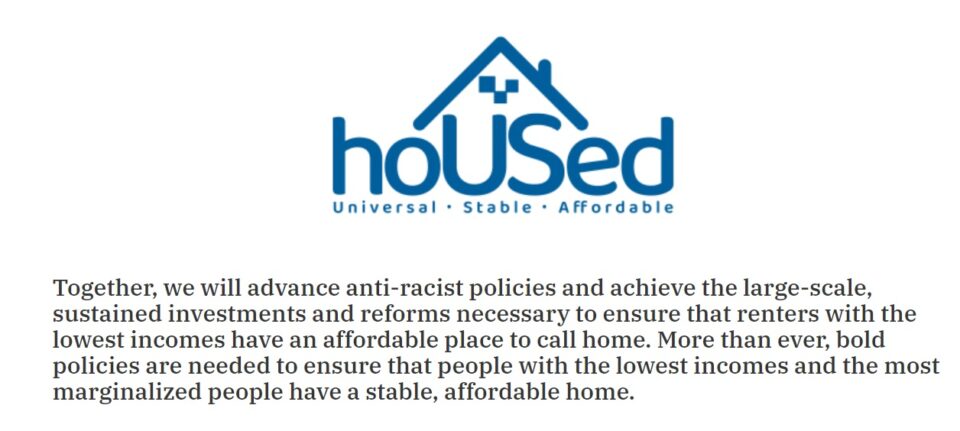

The Homes Guarantee
National CAPACD
OUR NEIGHBORHOODS: ASIAN AMERICAN & PACIFIC ISLANDER ANTI-DISPLACEMENT STRATEGIES Read the report.
Imagining Our Future
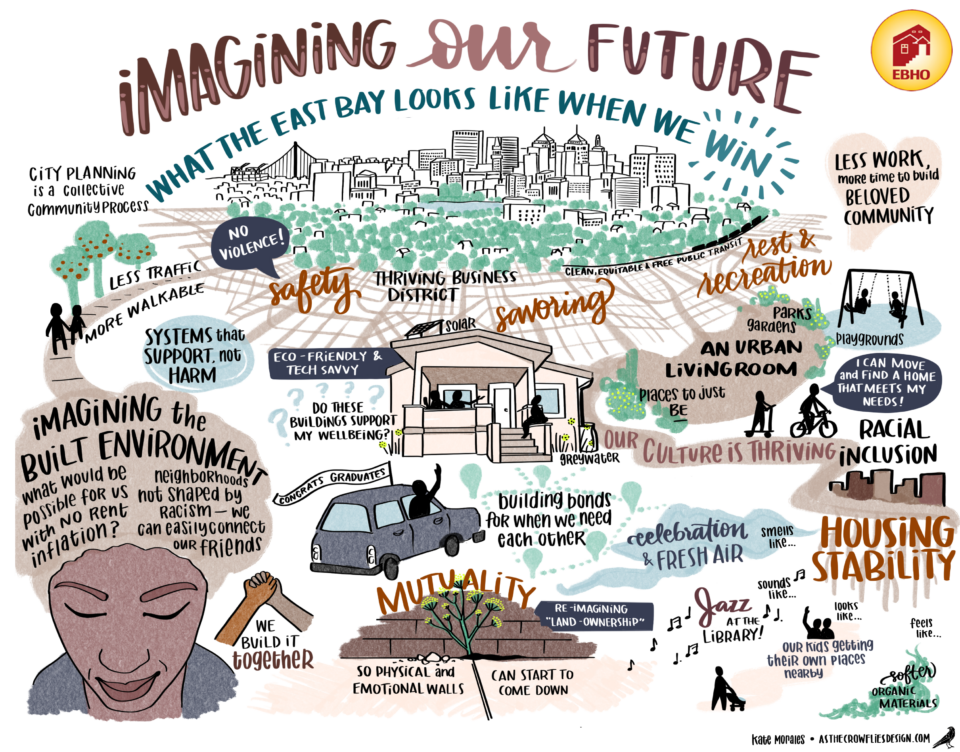
In June of 2020 – in the midst of sheltering in place during the pandemic and as our communities rose up in mass protest for Black liberation and against police violence, EBHO staff facilitated a session for our members and supporters focused on growing the skill of imagining and naming what EBHO members and supporters long for in our communities. This practice supports us in our work together as we advocate for the solutions needed to bring these communities into being. The above image was recorded by Graphic Illustrator Kate Morales. You can listen to the reflection prompt and document your own reflection using the video recording of the event below.

